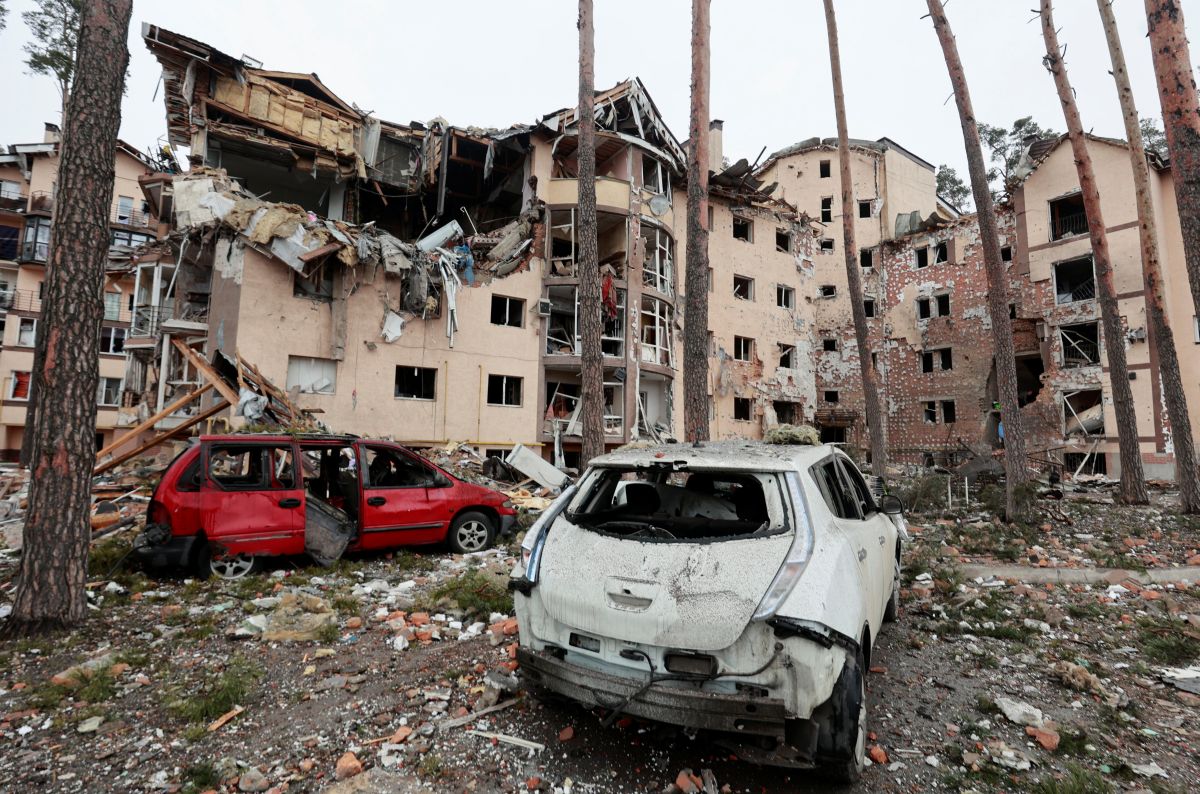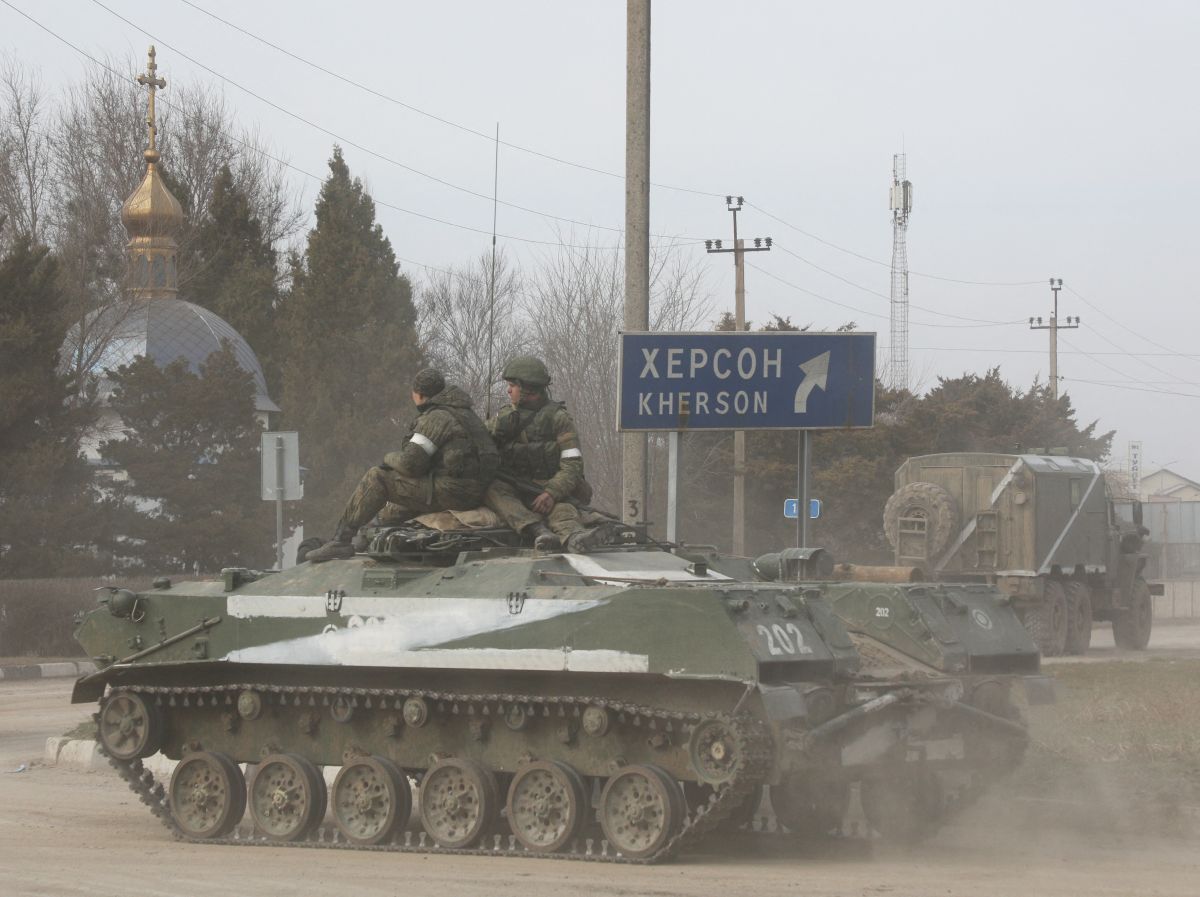The Social and Humanitarian Situation in Ukraine
Figures are incomplete on civilian casualties, but at least 136 civilians have been killed as a result of Russia’s attack on Ukraine. At least hundreds of thousands of Ukrainians have been forced to leave their homes and evacuate to safer parts of the country or abroad. Ukrainian society has shown a high degree of mobilisation in the face of Russian aggression and is expressing its readiness to resist.
 Fot. SERHII NUZHNENKO/Reuters/Forum
Fot. SERHII NUZHNENKO/Reuters/Forum
To what extent are civilians vulnerable to hostilities?
According to the United Nations High Commissioner for Human Rights, the civilian death toll in the first six days of the Russian attack was 136 people. The actual number is probably much higher; for example, according to the Ukrainian authorities, more than 350 civilians, including 16 children, died at the same time. Russian troops are deliberately carrying out artillery fire and bombing civilian infrastructure, such as schools, kindergartens, and hospitals, mainly in large urban agglomerations, to cause panic among the population and put pressure on the Ukrainian authorities. The Russian actions run counter to the Geneva Convention Relative to the Protection of Civilian Persons in Time of War and constitute war crimes. The civilian population may also be at risk of death in the event of passive resistance to the aggressor.
What is the level of social mobilisation in the face of war?
The Russian aggression has caused wide mobilisation of Ukrainian society. In a survey by the Rating group conducted after the start of the invasion, 80% declared that they would fight with a weapon in their hands. The government’s appeals to join the defence efforts have met with a wide response. Ukrainians are enrolling en masse to the Territorial Defence Forces and voluntary formations that complement them, and informal self-defence groups are also being formed. About 80,000 Ukrainians, mostly men, have returned home from abroad to join the resistance. While waiting for the arrival of Russian troops, some residents began to prepare for the defence, for example, by creating Molotov cocktails or building roadblocks. In regions now less at risk (in the west and southwest), residents are actively involved in helping internally displaced persons (IDPs). In places occupied by Russian troops, such as Berdiansk and Melitopol, civilians are gathering in the streets to protest against the Russian occupation. The high level of mobilisation includes the population not directly involved in defence activities. In cities that suffer from Russian shelling, the requests and appeals of the authorities (e.g., to respect alerts) are met with general understanding. However, the situation may worsen as access to the internet, electricity, food, and running water abate.
What are the possible scenarios for the influx of refugees into neighbouring countries?
UN agencies estimate that the number of Ukrainians who will be forced to leave their homes may even reach
4–7 million. The number of refugees, both IDPs and those seeking safety abroad, will depend on the scale of the military operations. There are probably several hundred thousand IDPs in the west and southwest of the country, but it is difficult to estimate their number, as some of them are staying in private apartments, and only some in places prepared by local governments. Local authorities and inhabitants of these oblasts organise help for people fleeing the war, but as more of them arrive, they may not be able to cope with the challenge, which may stimulate the movement of refugees abroad. So far, Ukrainian refugees leaving the country have been mainly headed for neighbouring countries, particularly Poland, Slovakia, Romania, Moldova, and Hungary. In the longer term, however, it can be expected that they will also seek refuge in Germany and in countries where labour migration from Ukraine has already existed (Czechia, Italy, Spain, Portugal).
What humanitarian challenges will Ukraine face in the near future?
According to the UN, the number of people affected by the conflict in Ukraine will amount to about 12–18 million. Currently, the population in areas where military operations are taking place is most at risk. The situation in large cities, which either are or may soon find themselves under siege, is particularly difficult. There is a high risk of a lack of water, food and shelter, as well as a lack of access to medical care throughout the territory of the country. Already on the fourth day of aggression, the World Health Organization pointed out that the operation of hospitals was threatened by electricity shortages, and the level of oxygen supply had dropped to a dangerously low level. In addition, damaged bridges and roads cut people's access to critical services and relief supplies. The situation may worsen and infrastructure repairs will be hampered by ongoing military operations. In addition to deliveries of humanitarian aid, it is important to create evacuation corridors for civilians from places where fighting is taking place or besieged. This has been called for, among others, by the Polish Foreign Minister, Zbigniew Rau, as the OSCE Chairman-in-Office. In recent days, there have been situations where evacuation transports of civilians have come under fire from Russian troops (e.g. on 28 February near Volnovaha).





